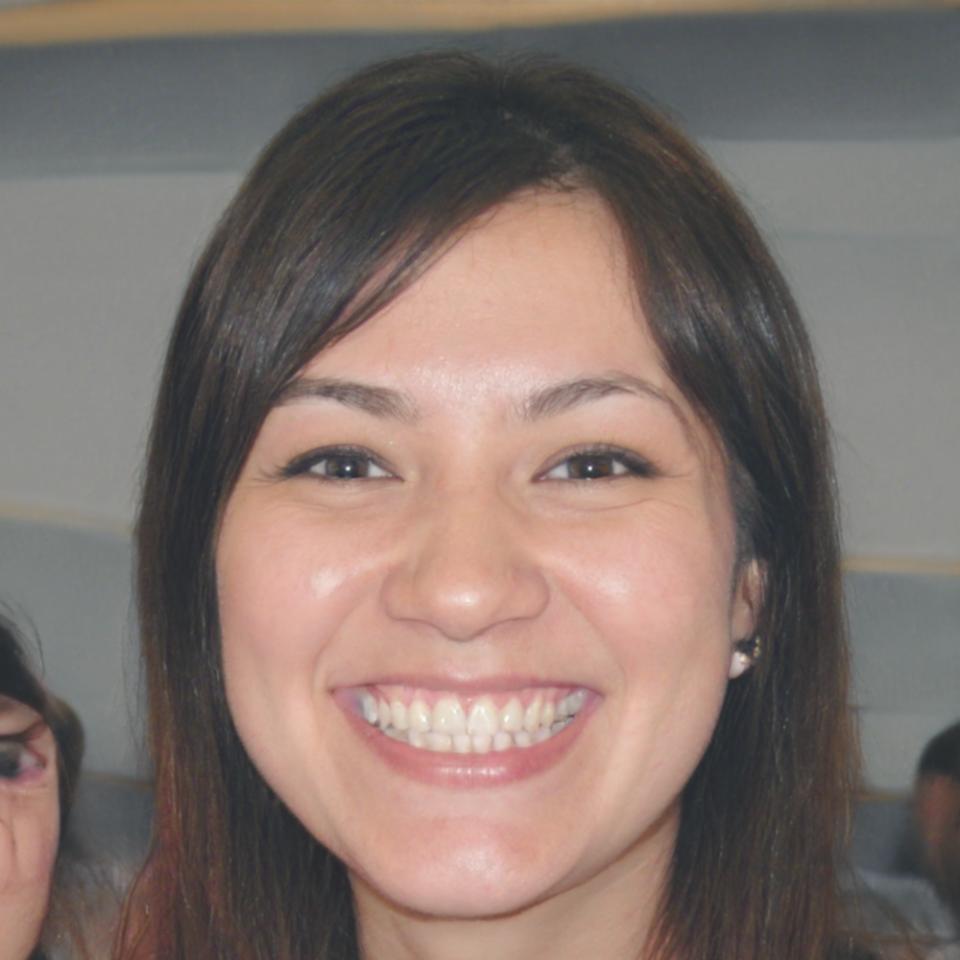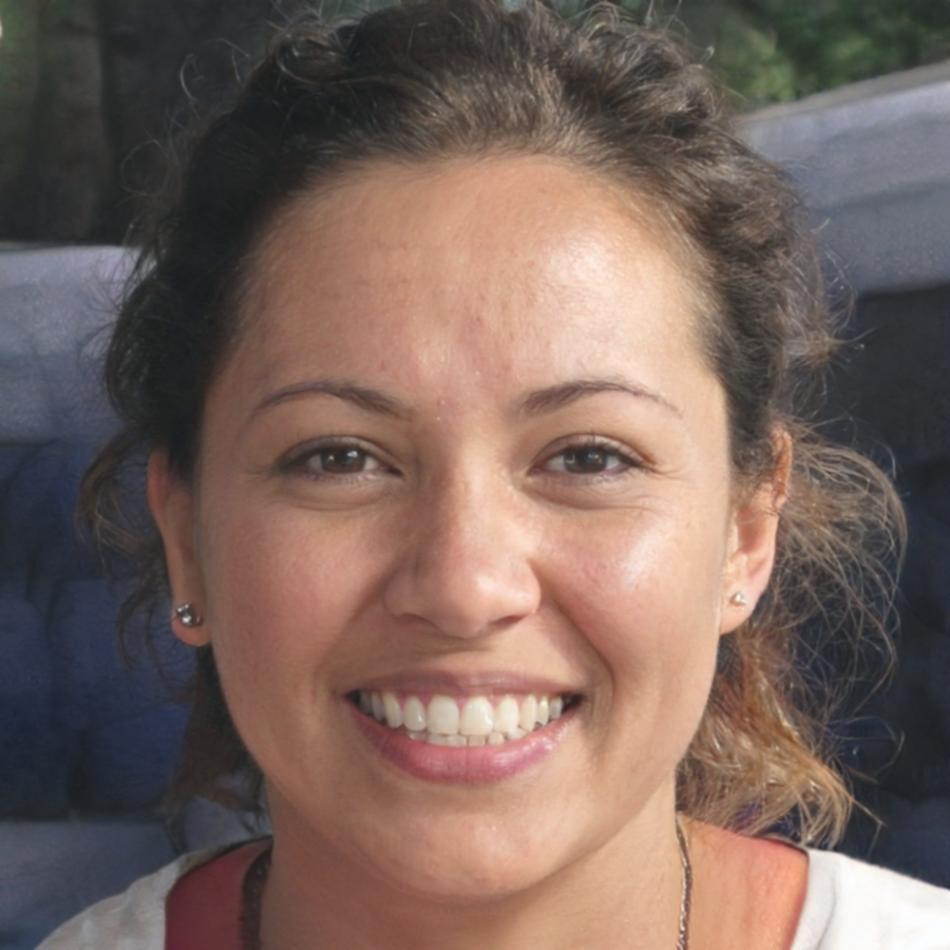Getting Ready for Financial Analysis
Starting your path into financial analysis isn't about jumping straight into spreadsheets. You need a realistic picture of what's ahead and whether this fits where you're going. Most people think it's all calculations and graphs. But there's a lot more happening beneath the surface—critical thinking, context awareness, and pattern recognition that takes time to develop.
We've put together this page because too many students arrive without understanding what they're signing up for. Some expect a fast track to complex models. Others underestimate how much groundwork matters. Setting proper expectations now saves frustration later.

What Actually Happens Here
You'll build foundations first
Financial statements, ratios, valuation concepts—these aren't glamorous but they're non-negotiable. We start with accounting principles because you can't analyze what you don't understand. Expect several weeks on basics before touching forecasting models.
Projects mirror actual work
You'll analyze company financials from public filings, compare competitors, and identify trends that matter. Not theoretical exercises. Real businesses with messy data. Sometimes the answers aren't clear-cut, which is exactly the point.
Feedback comes from practitioners
Our instructors have spent years in corporate finance, investment analysis, and advisory roles across Australian markets. They know what employers want and what actually matters when you're sitting across from stakeholders trying to justify your numbers.
Progress varies by person
Some students bring accounting backgrounds and move quickly. Others need more time with financial statements. Both paths work. What matters is consistent effort and asking questions when concepts don't click. We're not racing anyone.
Are You Ready to Start?
Financial analysis demands specific mindsets and commitments. Consider these honestly before enrolling in our July 2026 intake.
Numerical comfort required
You don't need a math degree, but discomfort with percentages, ratios, or basic algebra will slow you down considerably. Financial analysis lives in numbers.
Detail orientation matters
One misplaced decimal changes everything. If you prefer big-picture thinking without sweating details, this might frustrate you. Precision isn't optional.
Independent learning style
We provide structure and support, but you'll spend significant time working through problems alone. If you need constant supervision, remote learning gets tough.
Business curiosity helps
Financial analysis makes more sense when you're genuinely curious about how companies operate and compete. Numbers tell stories if you're interested in reading them.
Time commitment is real
Plan for 12-15 hours weekly. Some weeks need more. Cramming doesn't work here because concepts build on each other. Consistency beats intensity.
Questions are expected
Nobody understands everything immediately. Strong students ask specific questions when stuck rather than spinning wheels for hours. We're here to clarify.
Ready to Take the Next Step?
Our next program begins July 2026. Explore the full curriculum and see if financial analysis aligns with your goals.
View Learning ProgramWho'll Guide Your Learning

Helena Lindström
Financial Modeling
Spent eight years in equity research at Sydney investment firms before shifting to education. Helena focuses on building models that balance accuracy with practical usability.

Aoife Kavanagh
Corporate Finance
Former FP&A manager at mid-sized Australian enterprises. Aoife brings budget planning, forecasting, and variance analysis experience directly into coursework.

Sienna Balfour
Valuation Analysis
Background in M&A advisory and business valuation across Perth markets. Sienna emphasizes understanding why valuation methods work rather than memorizing formulas.
Support Resources Available
Financial analysis can feel isolating when you're stuck on a concept at 10pm. We've built support systems specifically for remote learners tackling technical material.
